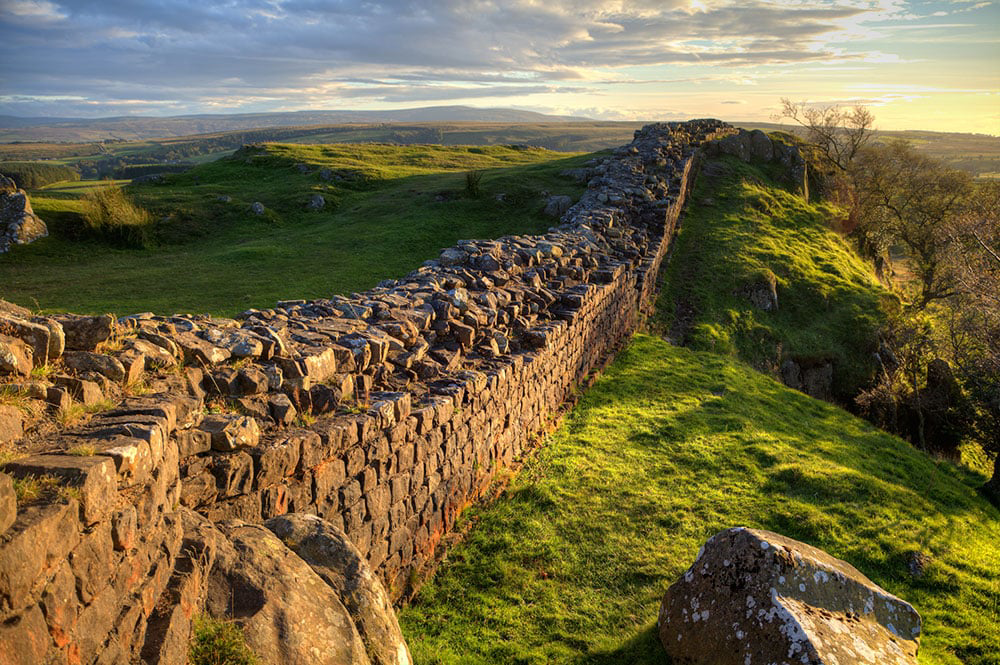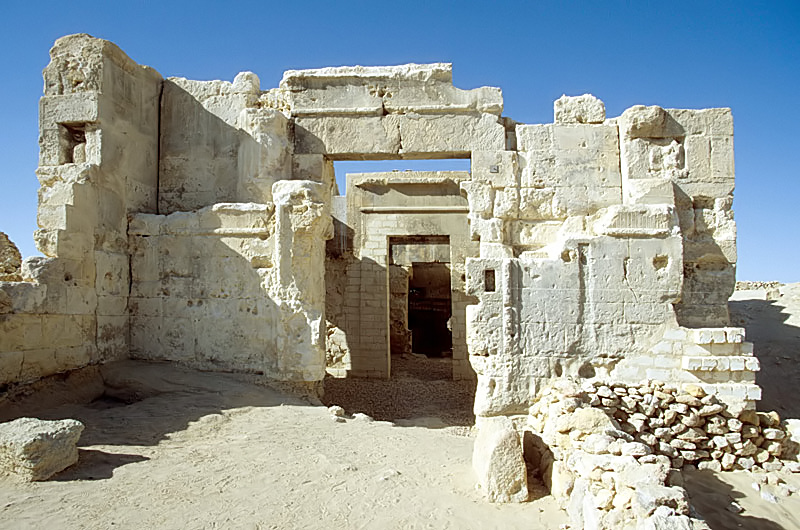Join Amir H. Kasra
Home | Blogs | Contact us
Human trafficking is one of the most serious violations of human rights in the modern world. Millions of women and girls are trapped in forced sexual exploitation. These vulnerable individuals are often deceived by promises of love, employment, or a brighter future, only to find themselves ensnared in a nightmare of exploitation and abuse. Today, global trafficking networks exploit many of their targets’ vulnerabilities, making this a pressing issue that goes beyond geographical borders. As awareness grows, it becomes imperative to amplify the voices of survivors, advocate for systemic change, and foster a culture of protection and empowerment. Together, we must confront this dark reality and take action to combat this egregious violation of dignity and freedom.

The wall spanned the rolling hills like a seam binding the land, defining the northern edge of the Roman Empire and distinguishing Roman lands from those of the Caledonians, or Scots, residing beyond its control. Built under Emperor Hadrian from AD 122, this wall represented Rome’s resolve to extend its influence over the British Isles as its legions traversed the island, creating an enduring legacy.
For those living near the wall in this remote region, life could be daunting, brutal, and stark. Yet, for some, the Roman settlements evolved into a place to call home—to raise a family. Soldiers stationed at the frontier formed connections with the local populace, often integrating into the communities while defending against marauding tribes.
Archaeological discoveries at settlements like Vindolanda—where writing tablets and artifacts such as household items, combs, shoes, and brooches have been unearthed—offer valuable insights into the lives of these inhabitants, reflecting the daily realities and interactions at the edge of the Roman Empire.
Equally remote, the temple of the oracle of Zeus Ammon stood at the crossroads of Greek and Egyptian cultures in a secluded desert in Egypt when Alexander the Great visited in 331 BCE. Declared a god by the oracle, he was poised to fulfill his grand destiny: conquering the mighty Persian Empire.
It is likely that Cleopatra, a descendant of Ptolemy I Soter—one of Alexander’s generals and the founder of the Ptolemaic dynasty—was well aware of the temple’s significance. Believing herself to be an incarnation of the goddess Isis, she embraced the divine association that the temple represented. This sacred site not only embodied the rich cultural fusion of her heritage but also played a vital role in the narrative of her own legacy as the last Pharaoh of Egypt.

Home | Blogs | Contact us